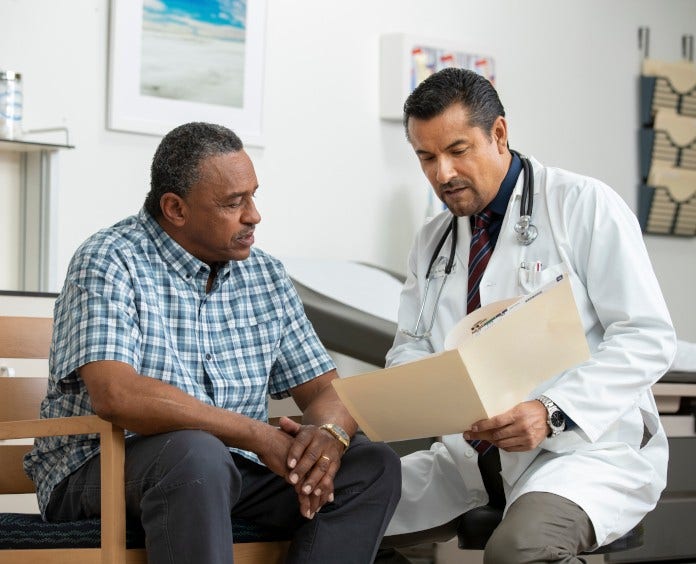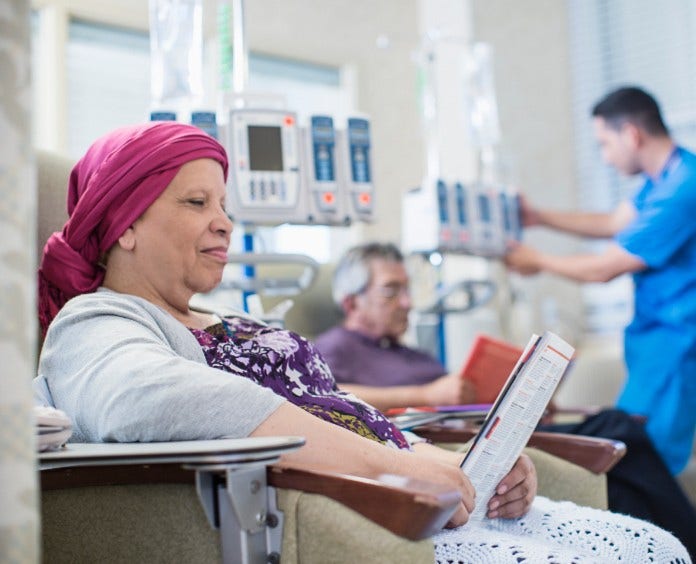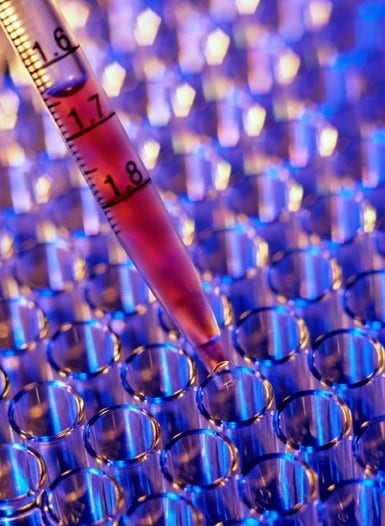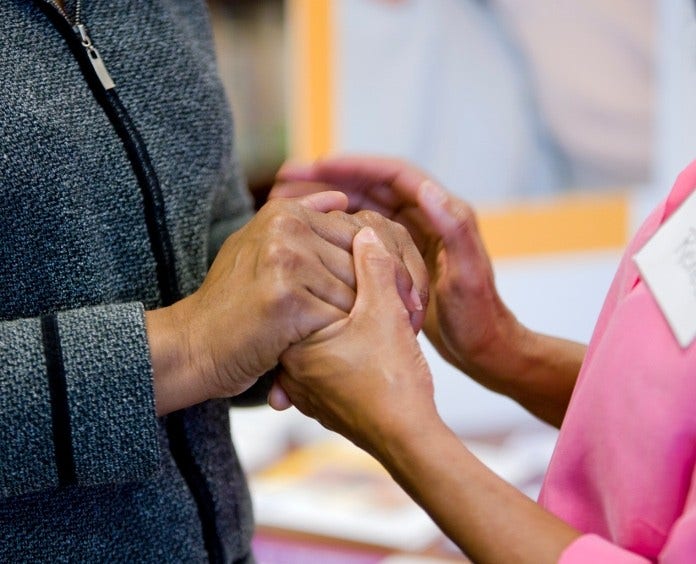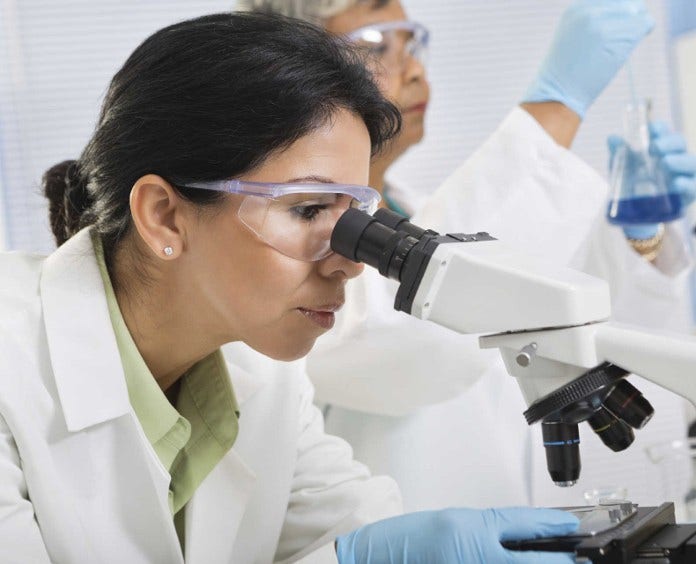Your gift is 100% tax deductible
Acute Myeloid Leukemia (AML) in Adults
Acute myeloid leukemia is also called acute myelocytic leukemia, acute myelogenous leukemia, acute granulocytic leukemia, acute non-lymphocytic leukemia, or sometimes just AML. It is most common in older people. For information on AML in children, see Leukemia
in Children.
This information is possible thanks to people like you.
We depend on donations to keep our cancer information available for the people who need it most.

